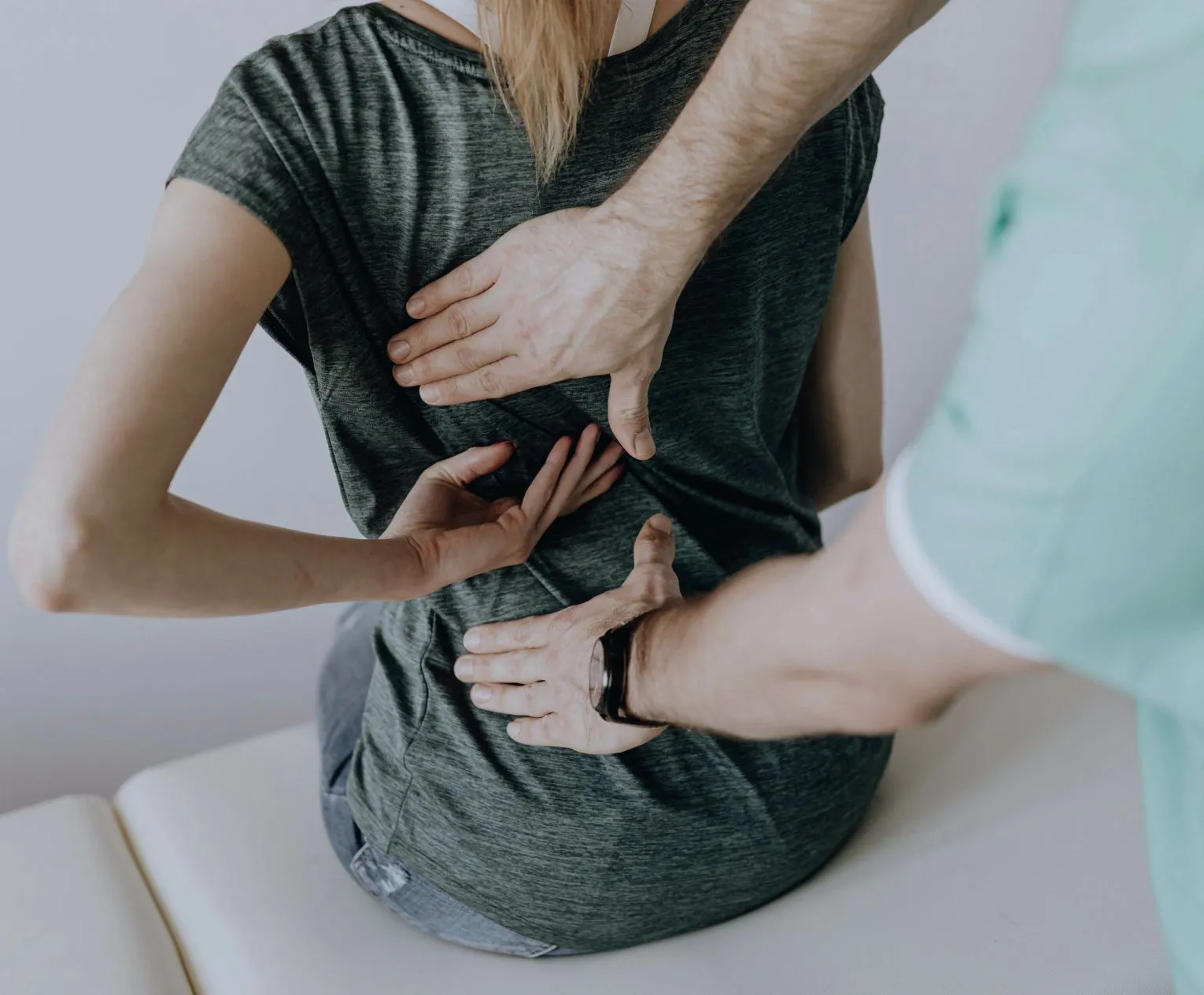




Spinal Stenosis Treatment in Los Angeles
Relieve nerve pressure, restore your mobility, and get back to life with expert spinal stenosis care tailored to your needs.







WHAT IS Spinal Stenosis?
Spinal stenosis is a narrowing of the spinal canal or nerve passageways that can compress the spinal cord or nerve roots. Most often caused by age-related changes like arthritis, bone spurs, or disc degeneration, spinal stenosis can lead to pain, numbness, and weakness in the back, neck, arms, or legs. Without treatment, it may progress and significantly impact your daily life and mobility.
As a leading expert in minimally invasive spine care, Dr. Parham Yashar treats spinal stenosis using the most advanced techniques to relieve nerve pressure and preserve spinal function. Patients from across Los Angeles and beyond trust Dr. Yashar for his precision, compassion, and commitment to long-term relief.



Signs of Spinal Stenosis
Symptoms often start gradually and worsen over time. Common signs include:
- Pain or cramping in the legs, especially when walking
- Numbness or tingling in the arms, hands, legs, or feet
- Back or neck pain
- Weakness in a limb or difficulty balancing
- Relief when bending forward or sitting down
- In severe cases, bowel or bladder dysfunction



What is the Best Surgery for Spinal Stenosis?
When conservative treatments like physical therapy or injections fail to provide relief, surgery may be necessary to decompress the affected nerves. As the best spinal stenosis surgeon in Los Angeles, Dr. Yashar performs advanced procedures such as laminectomy, foraminotomy, and minimally invasive decompression to widen the spinal canal and reduce nerve compression.
In many cases, Dr. Yashar uses robotic-assisted technology to ensure maximum precision while minimizing tissue disruption. These outpatient procedures are tailored to each patient’s unique anatomy and condition, allowing for faster recovery and a quicker return to daily life.



FAQs About Spinal Stenosis
Yes. Spinal stenosis can gradually worsen and lead to increasing pain, mobility limitations, or even nerve damage. Early intervention and treatment help prevent long-term complications.
No. Many cases respond well to nonsurgical treatments like physical therapy, medications, and epidural injections. Surgery is typically recommended by the best minimally invasive surgeon in Los Angeles if symptoms persist or interfere with one's quality of life.
Thanks to Dr. Yashar’s minimally invasive approach, most patients experience shorter recovery times, less pain, and minimal scarring. Many return to light activity within weeks.

Where to Find the Best Spinal Stenosis Surgeon in Los Angeles
Dr. Parham Yashar is a board-certified, fellowship-trained neurosurgeon renowned for his expertise in spinal stenosis and minimally invasive spine surgery. Using state-of-the-art tools like robotic-assisted systems and motion-preserving techniques, he delivers precise, effective care that relieves pain and restores mobility.
Dr. Yashar and his warm, skilled team take a whole-patient approach, ensuring you feel heard, informed, and cared for every step of the way. Our modern, well-equipped, conveniently located Los Angeles facility, near the corner of S. La Cienega Blvd. and W. 3rd St. in Beverly Grove, and just around the corner from Cedars-Sinai, welcomes patients from across Southern California and all over the country.
Ready to walk farther, stand taller, and move better by seeing the best spinal stenosis surgeon in Los Angeles?





Get in touch today
Please complete and submit the form below and a member of our staff will contact you shortly.





